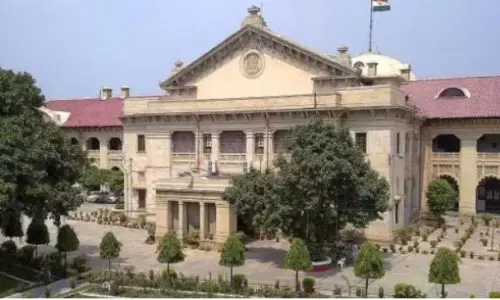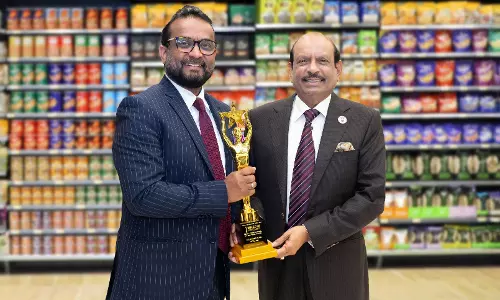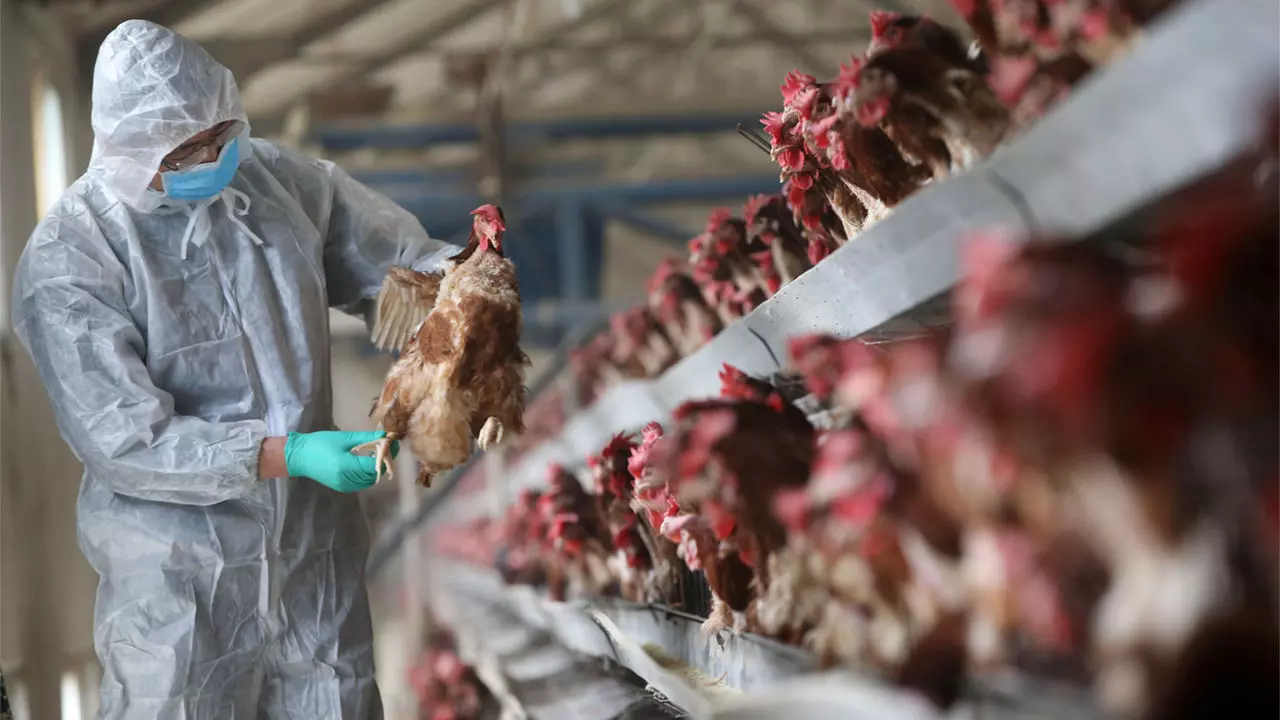
Avian flu calls for caution, vigilance
text_fieldsImage only for representation
News emerging each day raises alarm about having to face disease one after another. With the rollout of vaccines against Covid-19, the world was hoping to get out of the scourge of Covid-19 when a more transmissible variant of its mutation hit the headlines. And as the world went into cautious gear about it, there comes the warning about the return of avian influenza which, though slightly different in genetics, had wrought havoc earlier. Perturbing reports about the incidence of this fast-spreading virus have been coming from states of Kerala, Rajasthan, Madhya Pradesh and Himachal Pradesh. Crows in Himachal Pradesh, Madhya Pradesh and Rajasthan, and duck in Kerala have been found to spread the virus. Because the virus is transmitted through flying birds, the reach and intensity of the disease causes more concern. Experts say that the far flying migratory birds also carry this, which makes even other birds including domestic animals like cat, dog, horse and pig vulnerable. In short, avian flu can seriously affect the ecology that surrounds man.
The first message of alert that mankind should be vigilant about this disease had come in 1997 when through a live bird market in Hong Kong, the bird flu of H5N1 strain infected 18 people of whom six died. The virus which authorities were able to arrest fast at that time, reappeared not much later and took the lives of hundreds of people in southeast Asian countries. The infected people were affected in their lungs and it was found that if left uncontrolled, it would cause even death. The authorities warn that the disease will affect birds of a range of species like chicken, duck, quail, goose, turkey and ornamental birds and that those who come in close contact with birds, children who interact with pet birds, home makers, butchers and veterinary doctors are at particular risk and should take preventive measures. World Health Organisation (WHO) informs that since the virus cannot withstand heat, cooking will inactivate the poultry meat. At the same the virus has the capacity of mutation and is capable of transmission to humans. Since it can infect human cells, it can turn into a contagion. Administrators are taking extra caution for the reason that when we are unable to exterminate Covid virus, the influx of a new virus will only worsen the situation.
So far bird influenza has not hit India to a scale that can cause loss of human lives. From 2006 to 2015, there were 25 episodes of bird flu virus across 15 states, according to figures of union health ministry. Mass loss of birds is caused by virus of H5N1, H5N2 and H5N8 strains. In the Panchkula district of Haryana alone, over four lakh duck died over the last 10 days, and 12,000 died in Kerala too. Between four states four epicentres of the disease were identified and the Centre has issued guidelines to handle the threat. In Kerala, the districts where avian flu has been confirmed are Alappuzha and Kottayam. In these areas, all birds within a radius of one kilometre are being culled. On Tuesday, about 24,000 birds were culled, and it is estimated that about half a lakh of birds will will have to be culled between the two districts alone.
More serious than the worry about the disease is the crisis this may cause in the agrarian and commercial sector. Most of those who live on pultry farming and trade are ordinary farmers with middle or lower level income. The culling of birds will throw their livelihoods out of gear. Kerala government has announced a compensation at the rate of Rs 100 for every culled chicken and duck below the age of two months, and Rs 200 for those older than two months, plus five rupees for each egg destroyed. Farmers say this is highly inadequate. In addition to this, because the earlier promised insurance for farmers has not been implemented so far, they are reluctant to take the government's word at face value.
When in 2014, lakhs of birds had to be culled, the state veterinary department of Kerala had declared that insurance would be provided for duck. Discussions were held with insurance companies, but no decision was taken in the matter. By the time the disease leaves after the damage, the plaints of farmers again go unheard. In order for that not to happen, the government that exhorts about caution against and prevention of the disease, should display the vigilance to provide the protection and security to farmers and to those in hardship caused by the disease, in a way to ensure that their livelihoods are not blocked.























